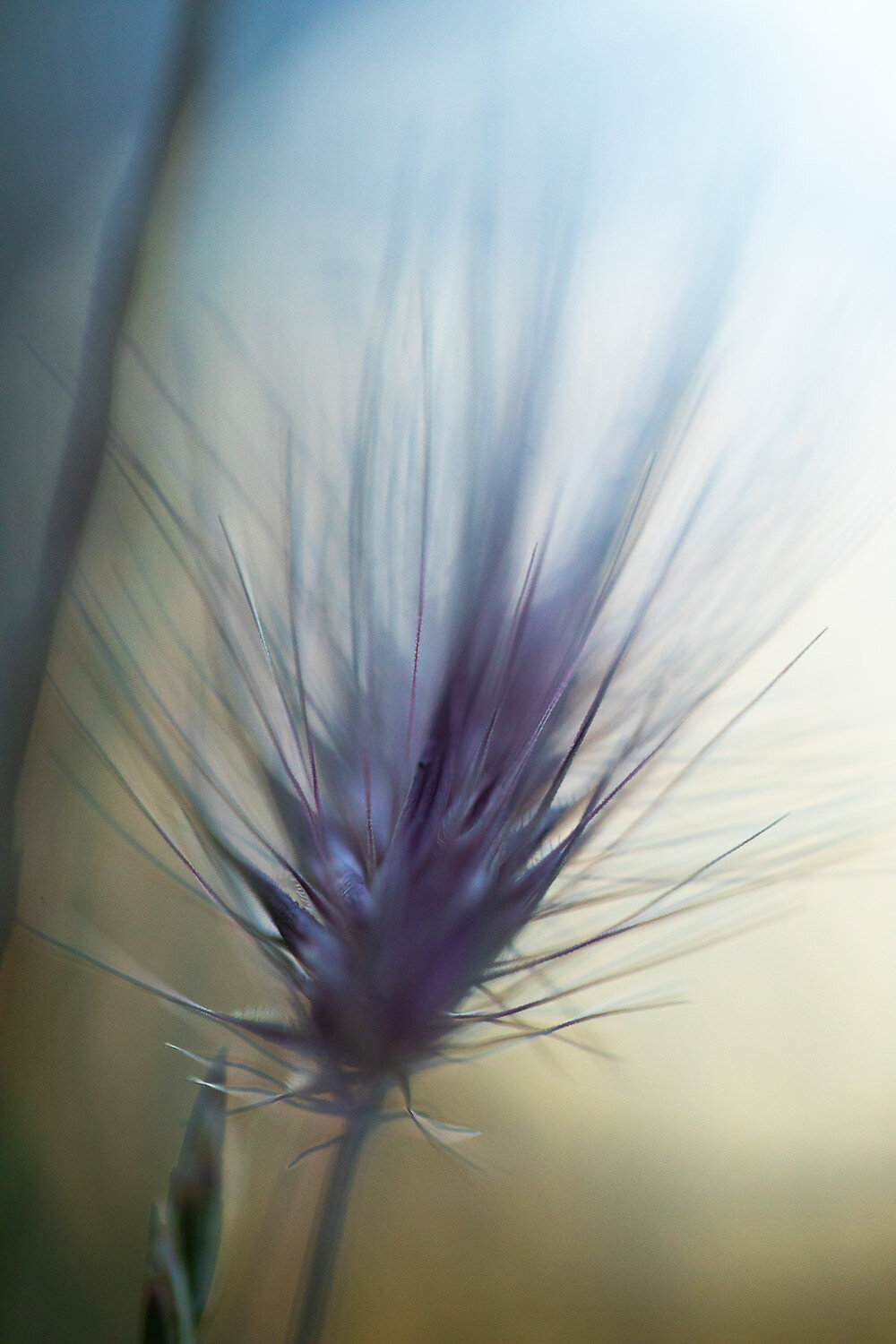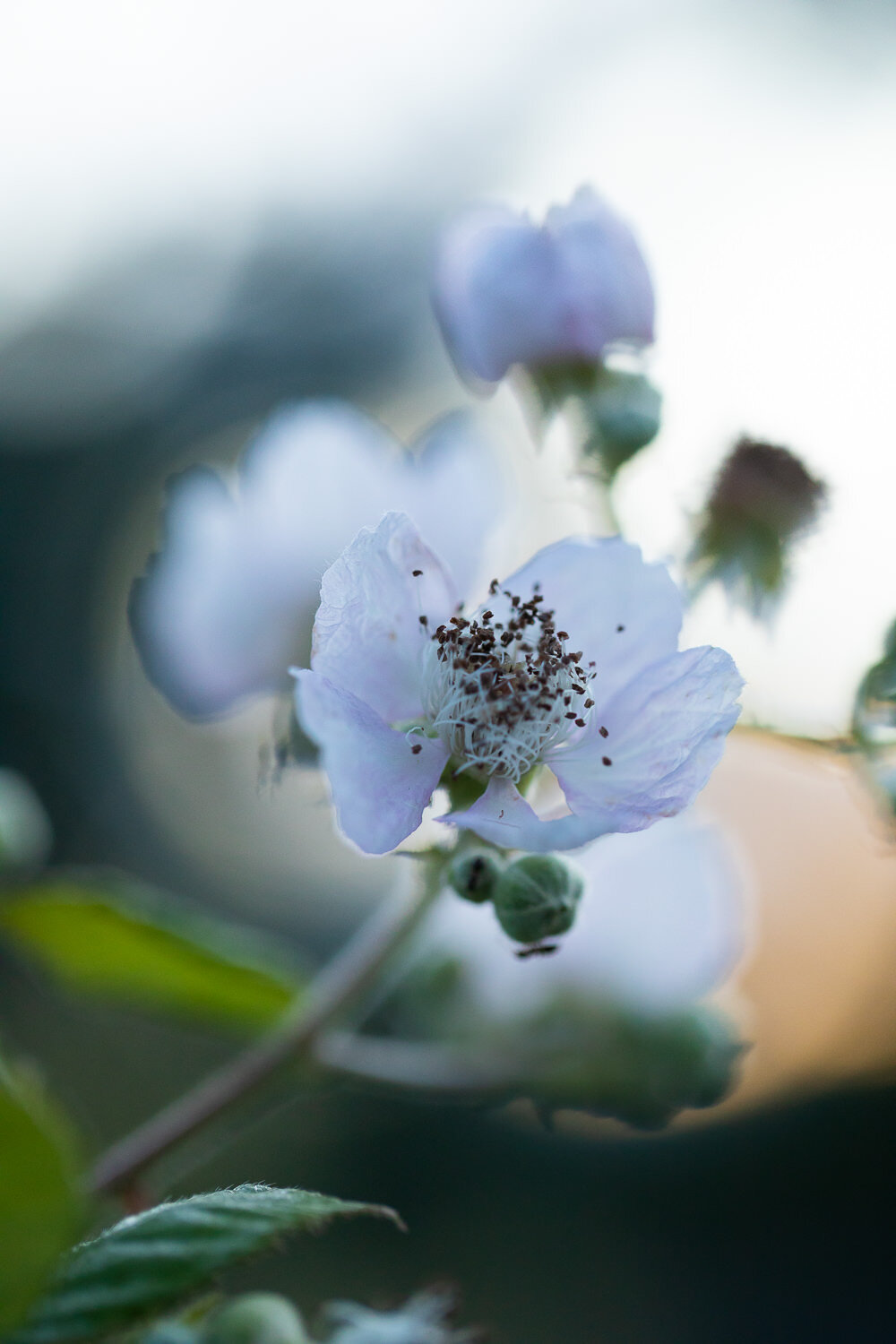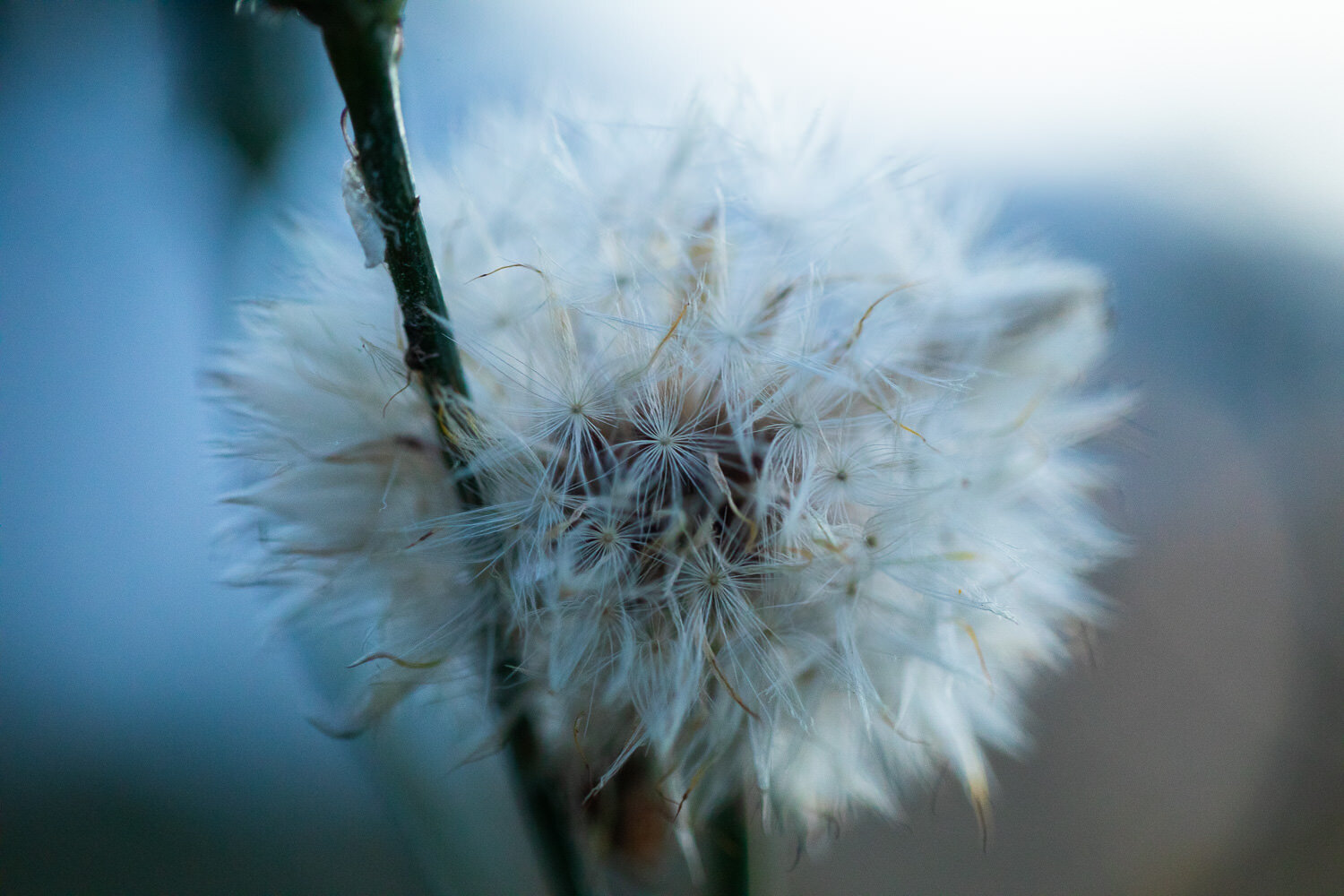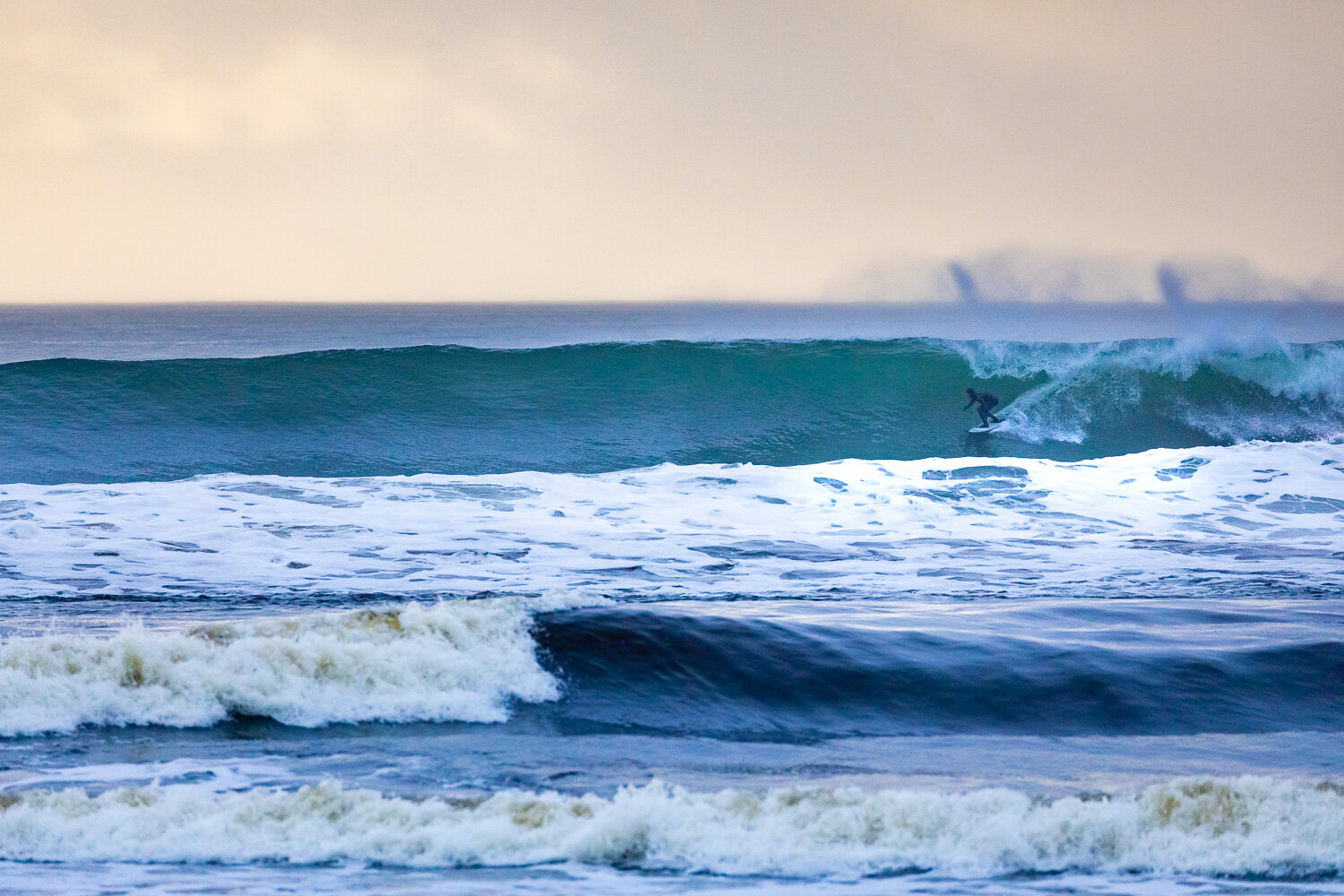What could this “bee”? Well… not a bee at all! This is the common drone fly (Eristalis tenax), a master of mimicry. Its honeybee look keeps predators away, but its real role is pollination, carrying tiny grains of life from one bloom to the next. I stumbled on it while photographing bumblebees in my backyard. It even had me fooled until I looked more closely! 🐝
Snapshot
Volcano Lake ~ Strathcona Park
Like a sapphire set in stone, Volcano Lake shimmers deep within Strathcona Park.
Despite its name and crater-like shape, this alpine gem was sculpted not by fire, but by ice.
Carved by ancient glaciers, the cirque forms a dramatic bowl that now cradles the lake. Perched at roughly 1,300 metres and surrounded by rugged peaks like Puzzle Mountain, it remains one of the park’s most remote and awe-inspiring alpine lakes.
Pretty incredible peering into its dark blue eye from above! 🏔️
Tidal Trees
Are you looking at a painting? A sketch? Or something even more incredible?
These “trees” were, in fact, all created naturally as water slowly trickled through grains of sand on the beach at Pachena Bay near Bamfield. While walking along the shore this past weekend, I was blown away by what appeared to be perfect drawings of trees beneath my feet. Big swirling trunks and branches arose, dotted with knots and other details. The combination of light and dark sands even made for accurate shading. Beyond individual trees, there were even whole “groves” of giants! I’ve seen simpler versions before, but nothing as detailed and realistic as this. Mother Nature never fails to impress.
Have you noticed these "sand" or "tidal" trees before? Whereabouts?
Hair Ice - This Rare Phenomenon Only Appears When Conditions Are Just Right!
Hidden among the rainforests of BC you can find wonders of ephemeral beauty and minute delicacy, and few of these are stranger or lovelier than the phenomenon of hair ice.
Also known as “frost beard” or “ice wool”, hair ice appears only on dead deciduous wood when the temperatures are hovering just below zero degrees and when the air is humid. At first, it looks like a silvery moss or fungus, but a closer inspection shows instead a mass of fine icy filaments. These are incredibly slender, about .02 mm in diameter. Densely packed, they form a pearly cloud of ice. The slightest touch of a warm finger or even a breath will dissolve this fragile sculpture like cotton candy on the tongue.
But where does it come from? This magical winter phenomenon, like so much that is strange and mystical in forest ecology, is associated with a particular species of fungus: a jelly fungus called Exidiopsis effusa.
Under ideal weather conditions, a process called “ice segregation” occurs. This is when water freezes on the outside of dead wood, sandwiching a thin film of water between this ice and the wood pores. At this “ice front”, water is then drawn up through the wood pores towards the ice surface, where it freezes and adds to the existing ice. Lignin and tannin from the fungus are found in the ice and are thought to work as a sort of anti-freeze, inhibiting the delicate ice from recrystallizing into coarser structures and helping stabilize their unique shape for hours.
Because hair ice is associated with a specific fungus inside the wood, the same pieces may produce hair ice year after year. Around Vancouver Island, these are commonly the dead branches of alder trees. If you are lucky enough to find it, take careful note of the exact spot as you may be able to repeat the encounter, even several years later, when the conditions are once again just right!
Have you seen this rare phenomenon before?
soft spring tones
Exploring the oak meadows of Summit Park




















